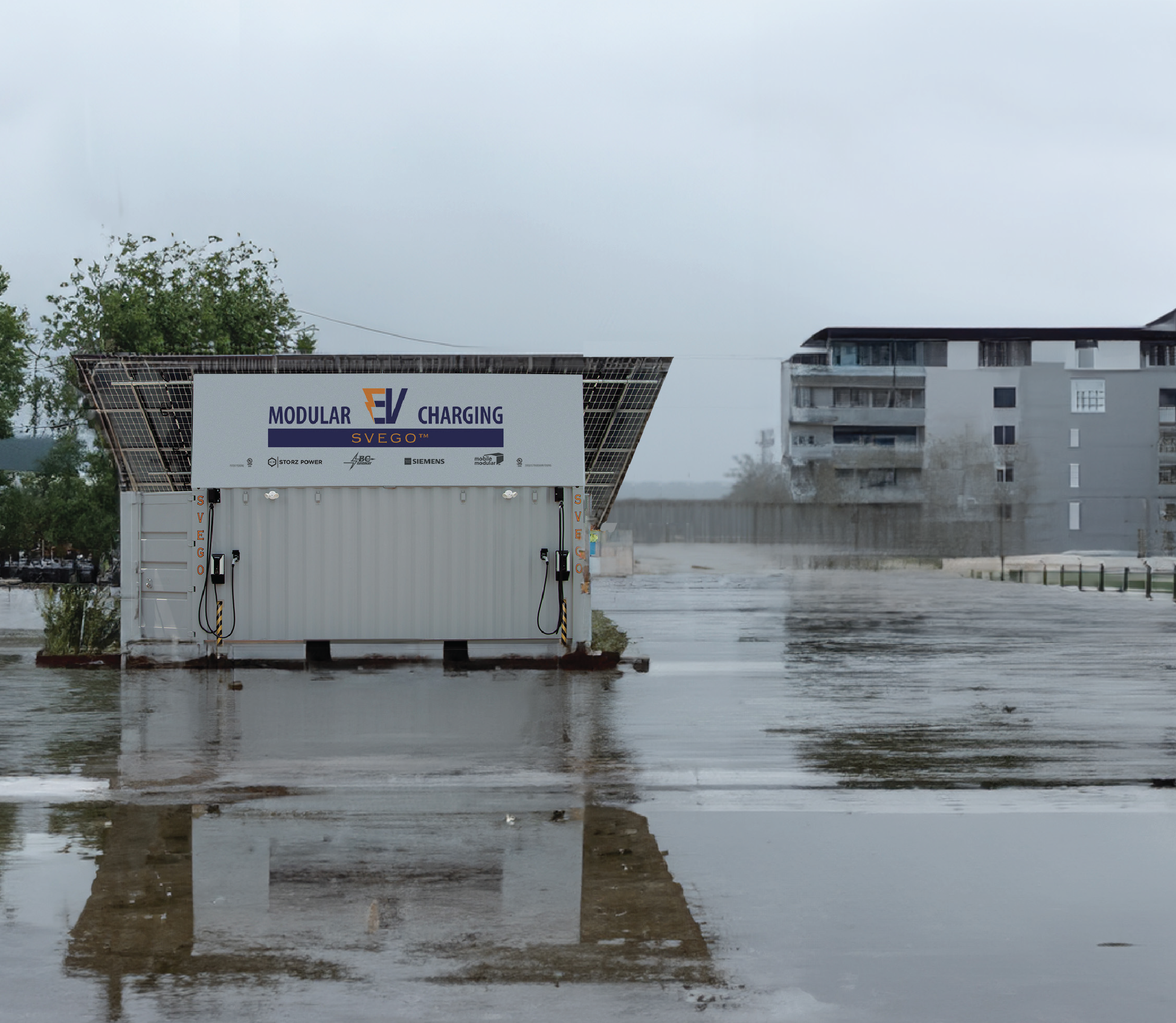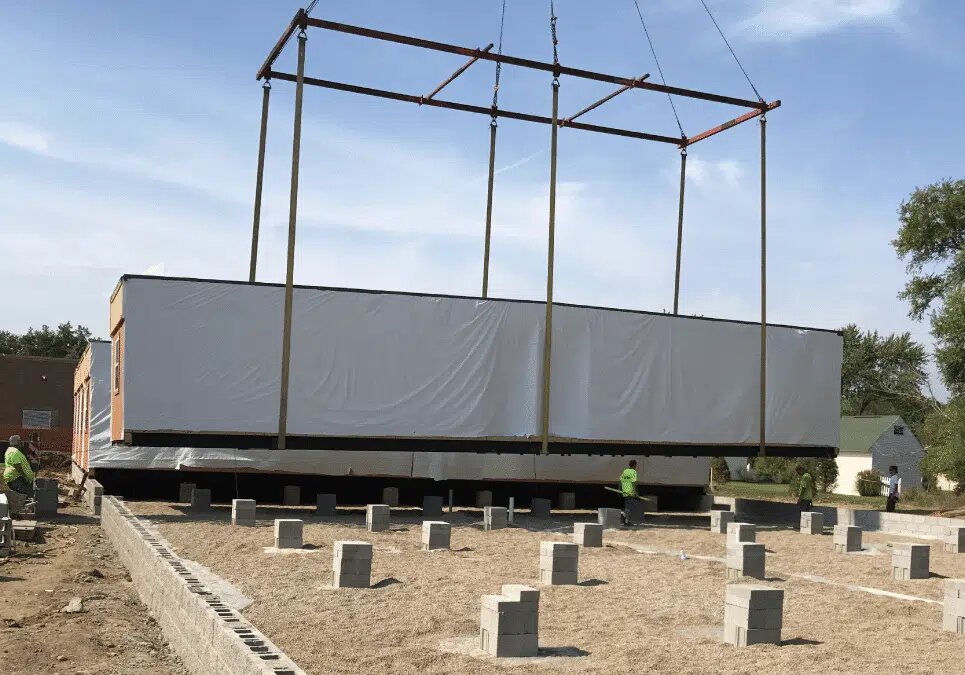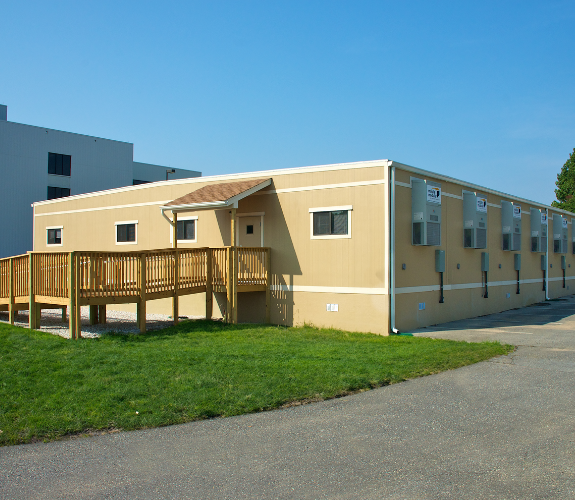Education Purchasing Cooperatives: Portable Classrooms Solve Space Issues in Schools
Cooperative purchasing programs are making it easier and faster for schools to get the extra square footage they need to facilitate growing student populations. Enrollment patterns for U.S. public schools continue on an upward trajectory. As of fall 2020, back to school statistics recorded 50.6 million students enrolled in PK-12 public schools. That number is expected to increase to 51.5 million by fall 2029.
The immediate issue of hosting more students was mitigated by virtual and distance learning resources through the worst of the COVID-19 pandemic. As of February 2021, administrators are responding to the overwhelming recommendations of experts to resume in-person learning. While the schedule for reopening schools varies by state, it’s widely presumed that students will be heading back in droves. When they do, space must be made.
Arguably the fastest and most cost-efficient way to create more classroom space is by adding portable classrooms. This addresses not only the need to accommodate growing classroom numbers but also takes care of compliance for CDC-recommended social distancing, desk spacing and more.
Modular classrooms are being procured for lower cost and faster delivery through education purchasing cooperatives. In short, It’s a pretty simple way for schools to get what they need.
How Education Purchasing Cooperatives Work
Education purchasing cooperatives obtain contracts based on the aggregate buying power of public schools and educational institutions. Cooperative purchasing entities provide an alternative to online or traditional retailers. Previous methods used a request for proposal (or RFP) process which required bid monitoring and acceptance as well as vendor management. For education institutions like schools, purchasing cooperatives can secure the widest access to reputable suppliers at reasonable prices.
Education purchasing cooperatives may have anywhere from a few dozen to thousands of members. They can also function on a national or regional scale. Some have been in operation for three decades or more.
Many school districts are transitioning to this model by adding cooperative language to their existing RFP processes or by using co-op contracts exclusively. The one hassle they gladly lose is monitoring the competitive bidding process. That is taken on by the education purchasing cooperative itself and the members simply get access to final, best prices.
Online catalogs and electronic procurement of everything from health and safety items to portable classrooms are streamlining efficiency. This level of accessibility is appealing, especially as schools adapt to fluctuating levels of attendance. Purchasing decisions are favoring the cost management, supplier quality and superior products that purchasing cooperatives afford.
Trends in Cooperative Purchasing
Classroom expansion completed by Mobile Modular for Reborn Christian Academy in Kissimmee, FL. Learn more.
Cooperative purchasing is fast becoming part of the sourcing strategy for schools in all districts and at all grade levels. Mobile Modular is a member of the Modular Building Institute, which is the only international trade association that serves non-residential modular construction.
Here are some observable trends toward purchasing cooperatives for education:
- The decentralization of purchasing. K-12 schools are shifting the buying power from authority structures and boards to local level admin.
- Procurement of cloud-based technologies is benefitting from cooperative purchasing models, ensuring better cybersecurity for increasingly tech-savvy school environments.
- While sometimes considered interchangeable, the nuanced difference between “purchase” and “procure” is better delineated when the analysis, cost management, value assessment and more is outsourced to buying co-ops.
- Education buying cooperatives are growing in size and scope. Member-owned, nonprofit purchasing co-ops are amplifying purchasing power by amassing greater numbers.
The benefits go both ways. Education companies that participate in co-ops tend to close larger deals, shorten the sales cycle (sometimes by a lot) and reach far more customers.
School Purchasing Cooperatives and Contracts
When it comes to national or statewide purchasing cooperatives, there are a few frontrunners with the highest participation levels. These include:
- E&I Cooperative Services: E&I is the largest, member owned, non-profit purchasing cooperative serving the needs of education nationwide.
- HGACBuy: HGACBuy is an award-winning, nationwide government-to-government procurement service operated by the Houston-Galveston Area Council. As an awardee of an HGACBuy contract, public and municipal customers can purchase swiftly and directly from Mobile Modular at competitive pricing with full compliance to procurement laws and regulations.
- BuyBoard: BuyBoard National Purchasing Cooperative is a cooperative formed between the National School Boards Association (NSBA) and several state school boards associations to streamline the buying process for schools, municipalities, and other public entities.
- Sourcewell: Sourcewell combines the buying power of more than 50,000 government, education, and nonprofit organizations to save you time and money.
- Choice Partners: Choice Partners national purchasing cooperative offers quality, legal procurement and contract solutions to meet government purchasing requirements.
There are numerous state-specific co-ops, consortiums and groups that leverage the purchasing cooperative process with great results. And one of the most in-demand items nowadays is a big ticket one: portable classrooms.
Portable Classrooms for Social Distancing
In U.S. schools, classroom size requirements vary by state. Typically, minimum square footage per classroom should accommodate classroom sizes of anywhere from 15-25 children. Social distancing that institutes six feet of space is literally impossible for almost all school buildings in the country. According to most school administrators and teachers, when students return, schools will be crowded. That is, unless more space is created.
Portable classrooms increase space and allow students to spread out. There is less concern over proximity issues and the actual ability to implement safe distances between desks. In many schools, adding extra rooms through modular buildings will be the only way to implement social distancing.
School Portables for Sale
Portable classrooms have evolved considerably and are available in various sizes, including single classrooms, double classrooms and multi classroom complexes. Portable classrooms allow administrators to upgrade school campuses for a fraction of the cost of building.
Check out Mobile Modular’s available inventory of portable classroom buildings for sale.
School Specialty Items: Purchasing Cooperatives and More
As schools settle into better systems for buying what they need—which include education purchasing cooperatives—Mobile Modular continues to excel. As the #1 modular building provider in the U.S., you can trust that our modular classrooms meet the spec, with professional delivery and outstanding customer service.
We are a preferred provider and will frequently be the best option that arises out of a competitive bidding process. Offering the highest value for the price, Mobile Modular is committed to supplying public schools, private schools and any institution that educates with what they need to conduct classes in comfort everyday. Click below to request a quote or learn more about our impressive product line of modular and portable classrooms.





